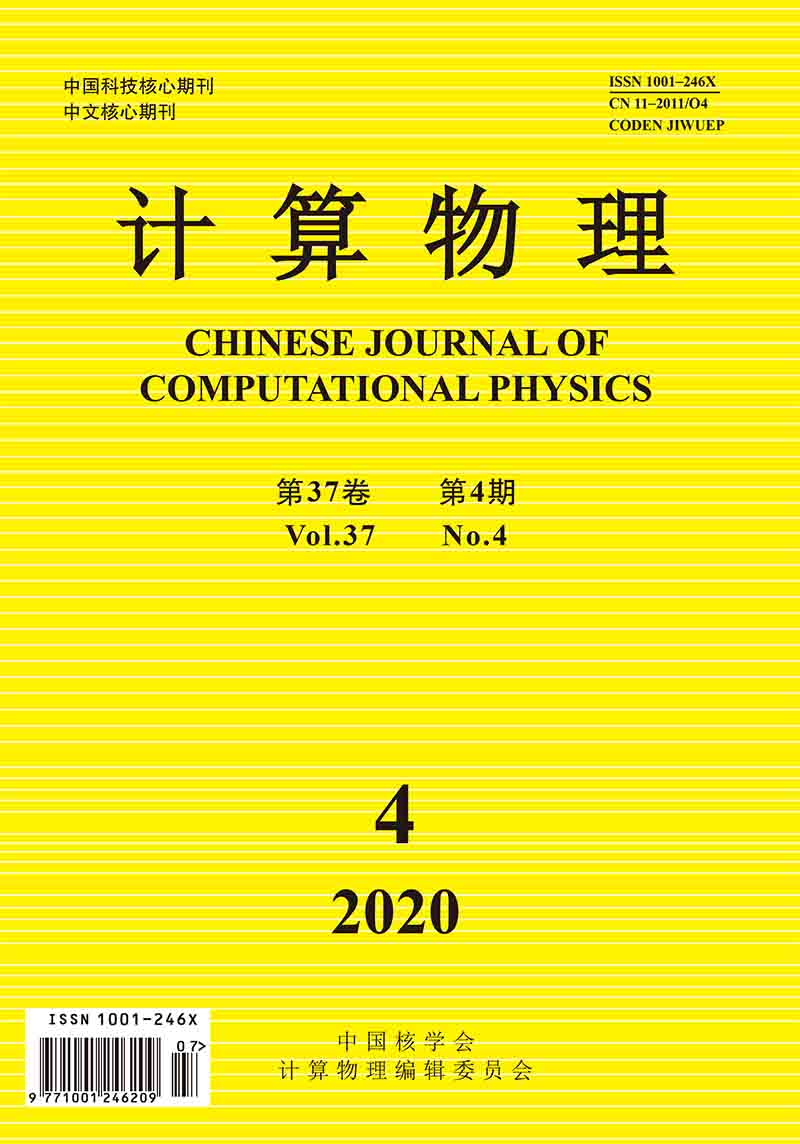|
|
Pore-scale Oil-Water Two-phase Flow Simulation Based on Phase Field Method
FENG Qihong, ZHAO Yunchang, WANG Sen, ZHANG Yigen, SUN Yeheng, SHI Shubin
2020, 37(4):
439-447.
Based on a typical particle size distribution of conventional sandstone, we establish a three-dimensional porous media of unconsolidated sandstone reservoir with process method. By using phase field method(PFM), a two-phase flow model is established on the basis of two-dimensional porous media model, which is solved with finite element method. Influences of displacement velocity, fluid properties and wettability on remaining oil distribution and recovery are discussed. It shows that displacement speed increase and inviscosity ratio decrease lead to a higher capillary number, thereby facilitating enhancing oil recovery. As for wettability, capillary force is the driving force for displacement under-water wet condition and it is a resistance under oil-wet condition,which results in a higher oil recovery in water-wet core.Meanwhile, this study reveals mechanism of two-phase flow and remaining oil distribution in pore scale. It can be seen that due to complex pore structure, fluid exhibits various characteristics as flowing through pores,which have an important impact on pressure distribution and fluid velocity distribution of oil-water two-phase flow.
|
